Fuel Your Focus: The Real-Food Guide to a Sharper Mind
Over the years, I’ve chatted with so many people trying to get their mental edge back. High-flying execs, students cramming for exams, or just folks hitting their 40s and noticing that “tip-of-the-tongue” feeling happens a little too often. They all ask the same thing: what’s the magic pill? What’s the one superfood I need to eat?
In this article
- First Things First: How Food Actually Changes Your Brain
- The Brain’s Best Friend: Healthy Fats (For Everyone!)
- The Antioxidant Army: Berries and Colorful Plants
- Don’t Forget Your Greens!
- That Gut Feeling: Your Second Brain
- Feeling Overwhelmed? Start Here.
- Eating for Your Brain on a Budget
- A Final Thought…
- Inspirational Gallery
And I always tell them the truth. There’s no magic bullet. But there is a powerful, science-backed way of eating that can support your brain for the long haul. It’s not about some trendy, restrictive diet. It’s about understanding what your brain is literally made of and giving it the right building blocks to thrive.
Think about it: your brain is a high-performance engine. It’s only about 2% of your body weight but guzzles over 20% of your daily calories. That incredible energy demand makes it super sensitive to the fuel you give it. This isn’t just theory; I’ve seen the difference firsthand. I once worked with a university student who was really struggling to focus in long lectures. We swapped her usual sugary breakfast for a simple smoothie with spinach, yogurt, and berries. A couple of weeks later, she told me the difference in her afternoon concentration was like night and day. It’s that practical knowledge I want to share with you.

First Things First: How Food Actually Changes Your Brain
Before we jump into a grocery list, let’s get the “why” straight. Your brain is protected by something called the blood-brain barrier—a super-selective bouncer at the club door, deciding which nutrients get in. To make the cut, nutrients from your food need to be in the right form. This all boils down to three big ideas: inflammation, stress, and structure.
1. Cooling Down Inflammation: Imagine a tiny, smoldering fire in your body. That’s what chronic, low-grade inflammation is like, and it can damage delicate brain cells. A diet heavy in ultra-processed foods, sugar, and certain unhealthy fats (think commercially baked goods with hydrogenated oils and deep-fried stuff) is like throwing gasoline on that fire. A diet full of whole foods helps put it out.
2. Fighting Off ‘Rust’: As your brain burns all that energy, it creates unstable molecules called free radicals. This is normal. But when they get out of control, they cause “oxidative stress,” which is basically like rust forming on your brain’s machinery. The antioxidants you get from food are the rust-proofers that neutralize these little troublemakers.

3. Building with Better Bricks: Here’s a wild fact: your brain is about 60% fat. The outer wall of every single brain cell is built from the fats you eat. Giving your brain high-quality fats is like giving a mason top-tier bricks to build a strong house. The same goes for the proteins and vitamins that help build your brain’s chemical messengers.
Understanding this shifts your mindset from “What foods are good?” to “How does this meal support my brain’s structure and function?”
The Brain’s Best Friend: Healthy Fats (For Everyone!)
If there’s one group that always comes up in brain health conversations, it’s fatty fish. This is all because of their omega-3 fatty acids. But don’t worry, if you’re plant-based, I’ve got you covered, too.
For the Fish-Eaters
The two most important omega-3s for your brain are DHA and EPA. DHA is a primary building block of your cerebral cortex—the part that handles memory, language, and focus. EPA is a rockstar at fighting inflammation. The best sources are small, oily fish. An easy way to remember the best choices is the acronym SMASH: Salmon, Mackerel, Anchovies, Sardines, and Herring. These are all high in omega-3s and low in contaminants like mercury.
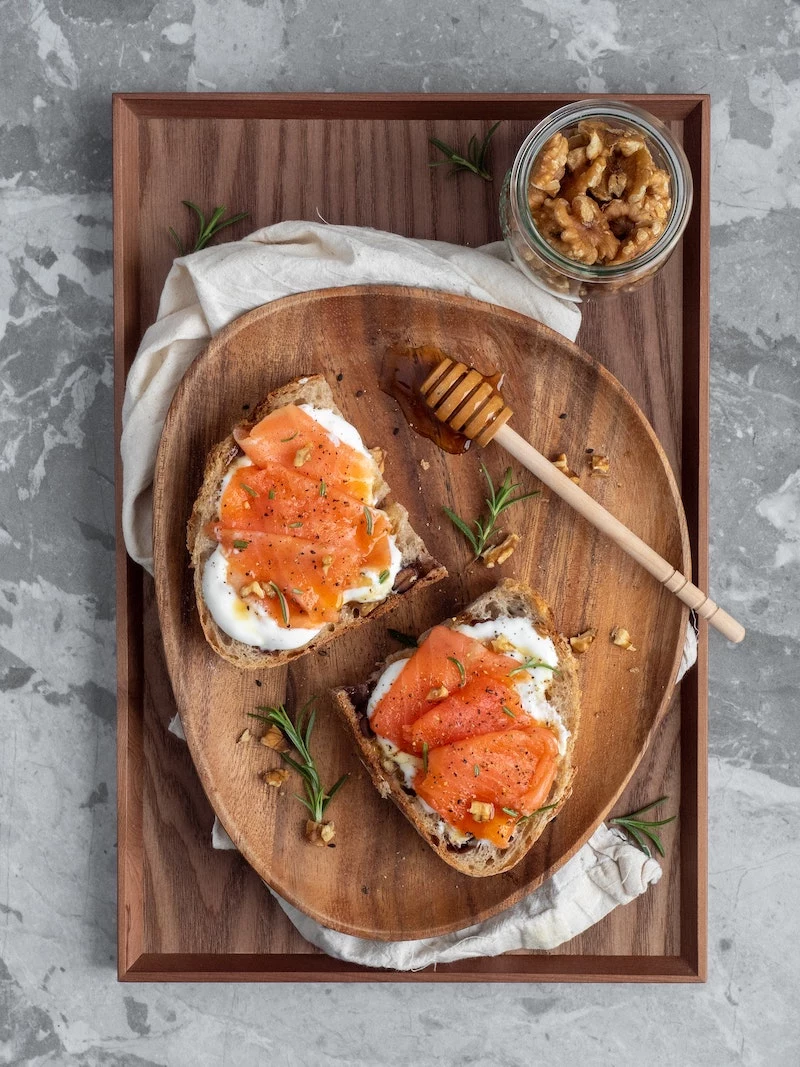
Quick tip: High-heat cooking, like deep frying, can damage these delicate fats. I prefer baking, poaching, or steaming. A simple piece of baked salmon with lemon and herbs, cooked at 400°F (200°C) for about 12-15 minutes, is perfect. Aim for two servings a week, with a serving being about the size of a deck of cards.
Oh, and if you’re turned off by the idea of sardines, here’s a little secret: try mashing one or two anchovy fillets into your next pasta sauce. It melts away completely, adding this incredible savory depth (it’s called umami!), and I promise you won’t taste “fish.” Or, for a killer brain-boosting toast, mash a can of sardines with avocado, a squeeze of lemon juice, and a sprinkle of chili flakes.
Plant-Based Powerhouses
What if you don’t eat fish? No problem. You can get a plant-based omega-3 called ALA from several sources. While your body isn’t super efficient at converting ALA to the brain-heavy hitters DHA and EPA, it absolutely helps. Your go-to sources are:
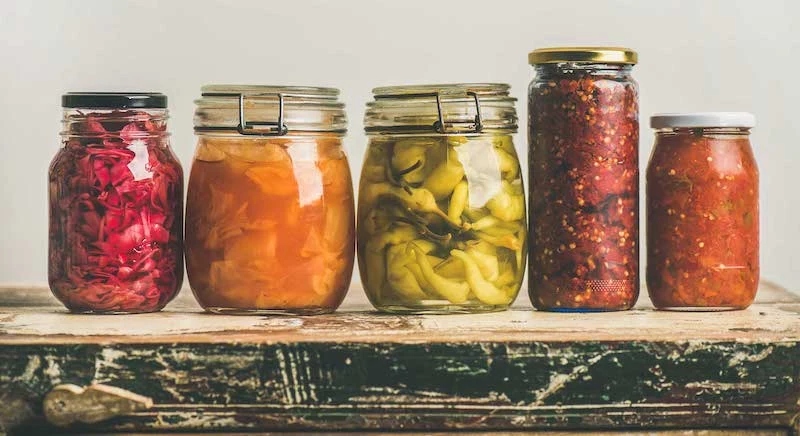
- Flaxseeds: Buy them ground or grind them yourself (a cheap coffee grinder works great). Sprinkle a tablespoon on oatmeal or in smoothies.
- Chia Seeds: These little guys are fantastic. A couple of tablespoons a day is a great target. They’re perfect for making puddings or just adding to yogurt.
- Walnuts: The king of nuts for brain health! A small handful makes for a perfect snack.
For vegans and vegetarians who want to ensure they’re getting that powerful DHA and EPA directly, you might want to consider an algae oil supplement. It’s made from the same marine source where fish get their omega-3s, so it’s a fantastic, direct, plant-based alternative. You can find them online or at most health food stores for around $20-$30 a bottle.
The Antioxidant Army: Berries and Colorful Plants
If fats are the bricks, antioxidants are the 24/7 maintenance crew protecting the brain from daily wear and tear. The easiest way to get them is by eating a variety of deeply colored plants, especially berries.
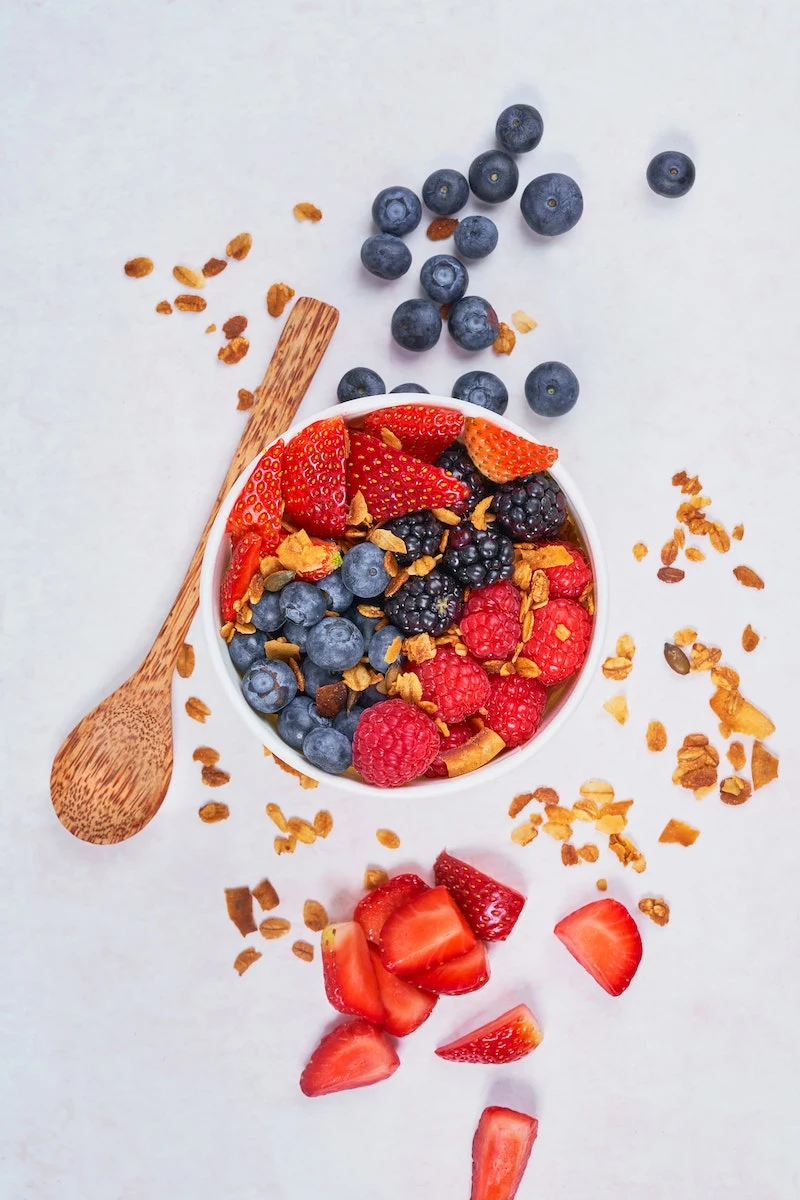
The vibrant blues, purples, and reds in berries come from compounds called flavonoids. Research from major universities has shown that these compounds can cross the blood-brain barrier and help improve blood flow while fighting off that oxidative “rust.” Long-term studies suggest that folks who consistently eat a couple of servings of berries each week experience slower memory decline as they get older.
By the way, don’t sleep on the frozen fruit aisle! Frozen berries are often a better and cheaper choice. They’re picked at peak ripeness and flash-frozen on the spot, which locks in all those valuable nutrients. A bag of fresh berries might have been sitting on a truck for days. I always keep a big bag of frozen mixed berries in my freezer. It’s a cost-effective way to get a daily dose.
Don’t Forget Your Greens!
Everyone knows greens are good for you, but they are true unsung heroes for the brain. Leafy greens like spinach, kale, and broccoli are loaded with nutrients like Folate (Vitamin B9), which is essential for creating mood-regulating neurotransmitters, and Vitamin K, which helps build strong brain cell membranes.

Here’s a pro tip for getting more out of them: some of these nutrients are fat-soluble, meaning your body needs fat to absorb them. So that lemon and olive oil dressing on your salad isn’t just for taste; the oil helps you absorb the Vitamin K from the greens! Same goes for lightly sautéing spinach in a little olive oil—it not only tastes better, but it makes the nutrients more available.
Heads up! Greens are high in Vitamin K, which is involved in blood clotting. This is great for most people, but if you take a blood-thinning medication, you need to talk to your doctor before suddenly loading up on kale. Consistency is key, and your healthcare team needs to be in the loop.
That Gut Feeling: Your Second Brain
One of the most fascinating frontiers in nutrition is the gut-brain axis. There’s a constant two-way conversation happening between your gut and your brain. Your gut even produces a huge chunk of your body’s serotonin—the “feel-good” chemical. So, a happy gut can genuinely contribute to a happier mind.

You can support this by eating fermented foods like plain yogurt, kefir, kimchi, and sauerkraut, which contain beneficial bacteria (probiotics). But what if you can’t stand the taste? First, don’t force it. You can consider a high-quality probiotic supplement. Second, and maybe even more importantly, focus on feeding the good bacteria you already have. They love to eat fiber, especially prebiotic fiber found in foods like onions, garlic, bananas, oats, and beans. You can’t just eat yogurt and expect miracles if the rest of your diet is low in fiber.
Feeling Overwhelmed? Start Here.
I get it. This can feel like a lot of information. If you’re just starting, don’t try to change everything at once. Pick one or two things and build from there. Here’s a simple game plan:
- Make this one swap: Instead of a morning pastry or sugary cereal that spikes your blood sugar and leads to an afternoon crash, try a bowl of oatmeal with a handful of berries and walnuts. You’re getting fiber, antioxidants, and healthy fats all in one.
- Add this one thing: Try to add a large handful of spinach to one meal a day. You can wilt it into a soup, scramble it with your eggs, or use it as the base for a salad. Easy.
- Try this snack idea: For that 3 p.m. slump, have an apple with a few squares of dark chocolate (70% cacao or higher) or a small bowl of plain Greek yogurt.
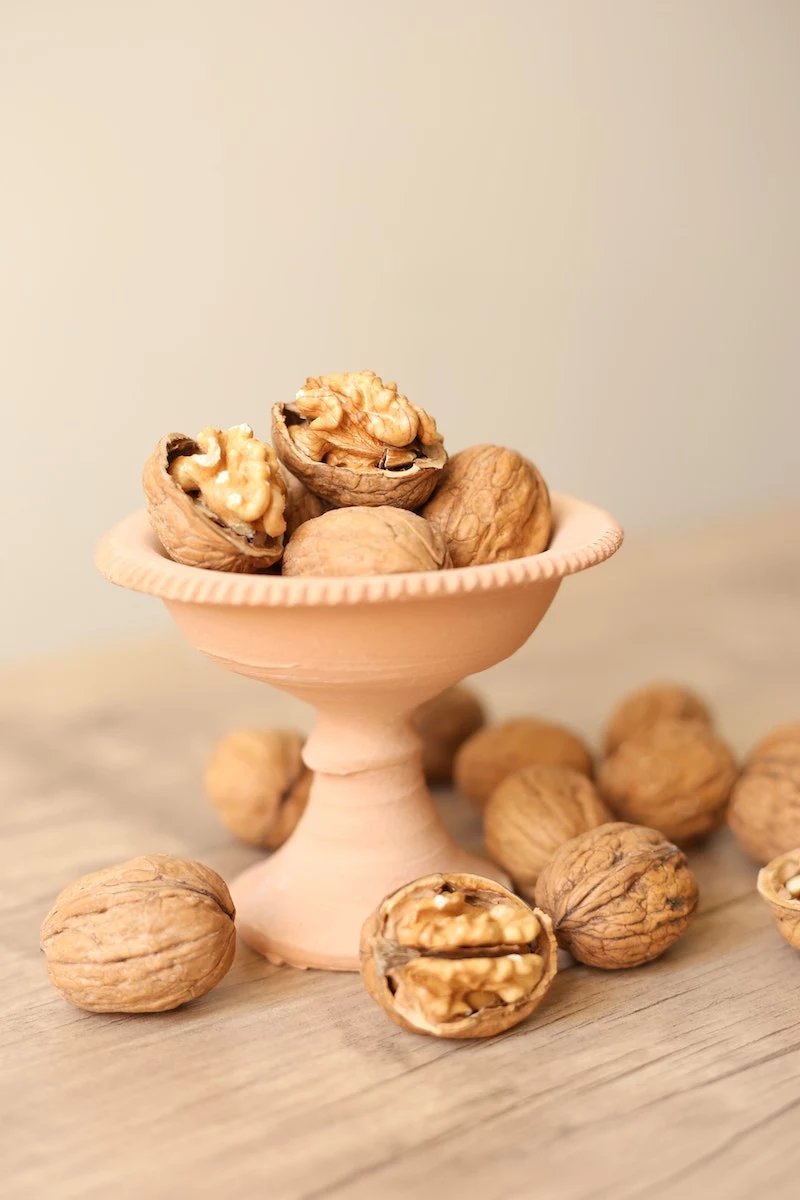
Eating for Your Brain on a Budget
Healthy eating doesn’t have to break the bank. In fact, some of the most powerful brain foods are also the most affordable.
Focus on things like frozen berries and vegetables, which are just as nutritious and much cheaper than fresh, especially out of season. Canned fish like sardines and light tuna are fantastic, inexpensive protein sources. And don’t forget about plant-based proteins like lentils and beans; a bag of lentils costs a couple of dollars and can be the base for dozens of meals.
You could put together a ‘Brain-Food Starter Kit’ for a week for under $20. A big bag of frozen mixed berries might be around $8, a bag of walnuts about $10, and a can or two of sardines for $2. That’s a week’s worth of powerful snacks and meal-add-ins right there.
A Final Thought…
This is all based on years of experience and a deep dive into nutritional science. But please remember, this is for your information and empowerment, not as a substitute for medical advice. Your body is unique.

If you have health conditions or are on medication, it’s so important to work with a qualified professional, like a registered dietitian, who can help you create a plan that’s right for you. Food is an incredibly powerful tool, but it’s just one piece of the puzzle. Great sleep, regular movement, and managing stress are just as critical. Use this knowledge to start making small, powerful choices, one meal at a time.
Inspirational Gallery
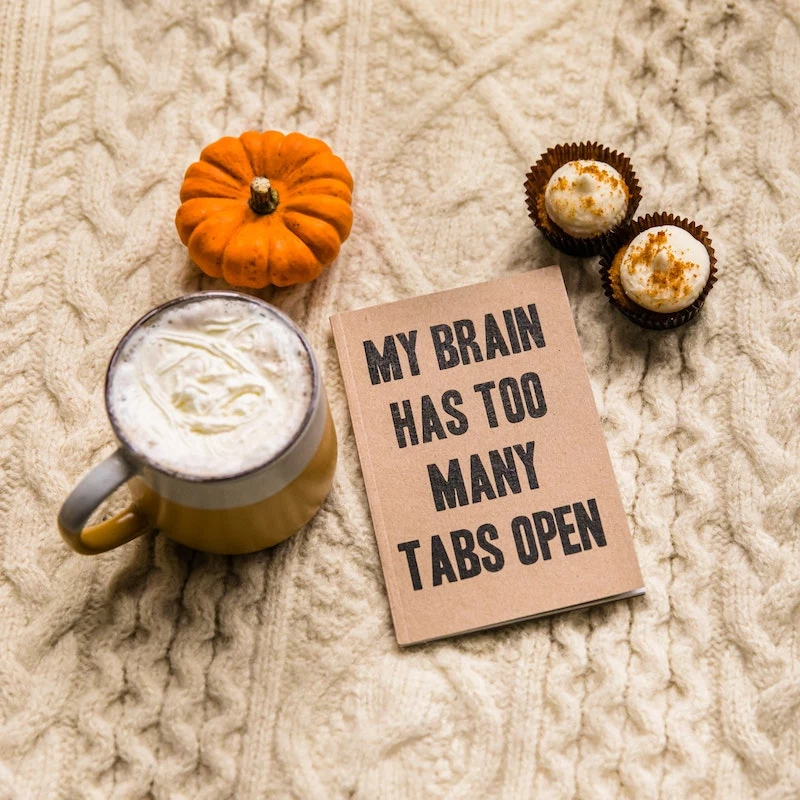
Did you know? About 60% of your brain’s dry weight is fat, and a significant portion of that is the omega-3 fatty acid DHA (docosahexaenoic acid).
This isn’t just a random fact; it’s the architectural blueprint for your brain cells. Not having enough DHA is like trying to build a sturdy house with flimsy materials. This is why fatty fish like salmon, mackerel, and sardines are consistently hailed as top-tier brain foods. They deliver DHA in a ready-to-use form, directly supporting everything from memory to mood regulation. If you’re not a fish eater, a high-quality algae oil supplement, like those from brands such as Nordic Naturals or Sports Research, can provide a potent, plant-based source of this crucial brain fat.










